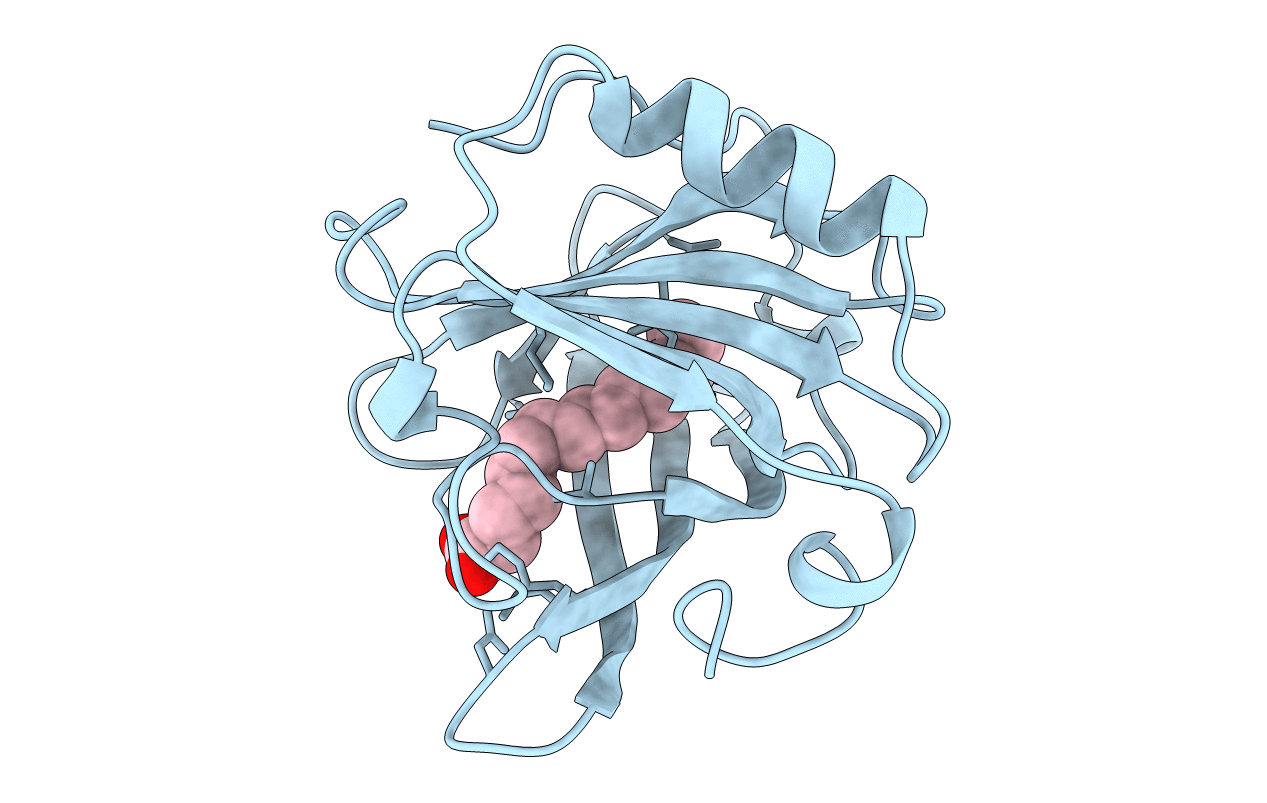
Deposition Date
1998-11-11
Release Date
1999-02-02
Last Version Date
2024-10-30
Entry Detail
PDB ID:
1B0O
Keywords:
Title:
BOVINE BETA-LACTOGLOBULIN COMPLEXED WITH PALMITATE, LATTICE Z
Biological Source:
Source Organism:
Bos taurus (Taxon ID: 9913)
Method Details:
Experimental Method:
Resolution:
2.50 Å
R-Value Free:
0.23
R-Value Observed:
0.20
Space Group:
P 32 2 1


